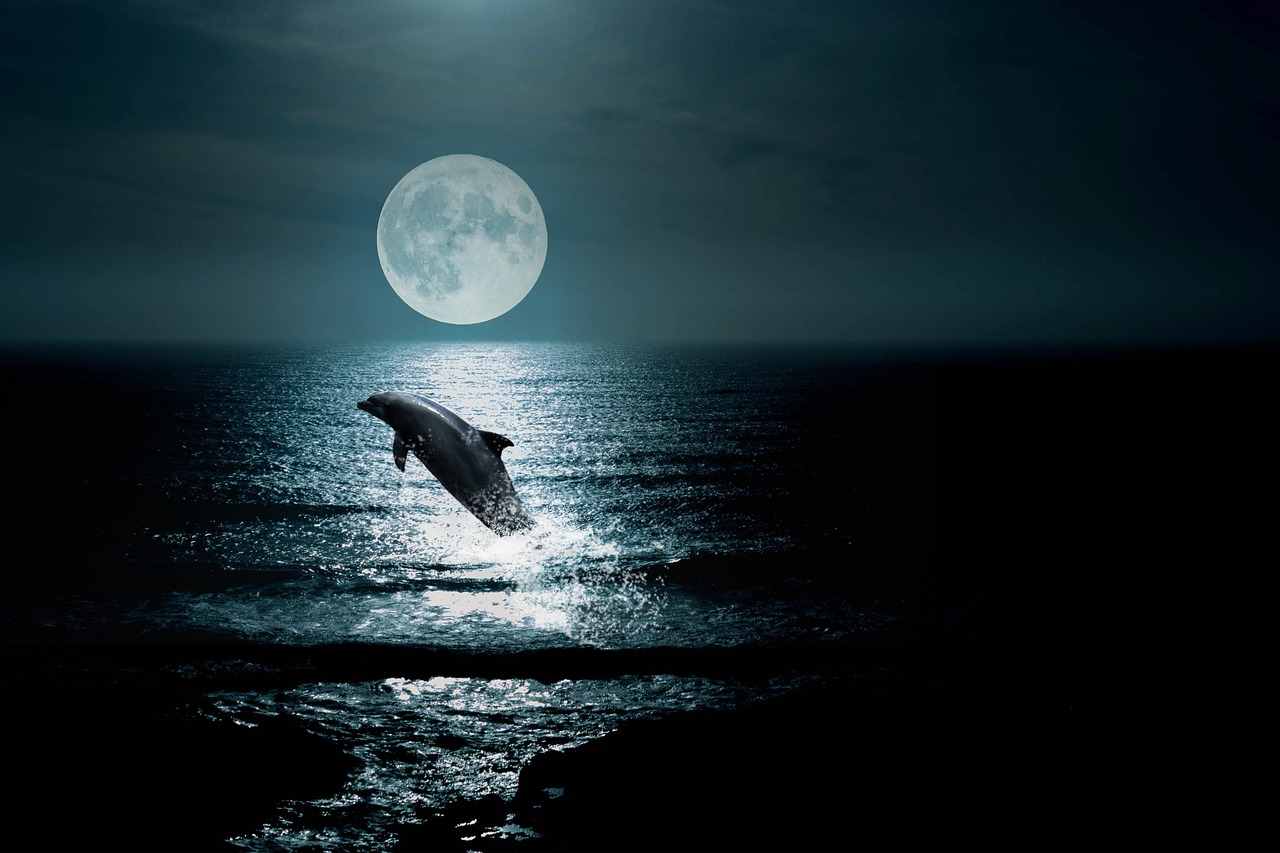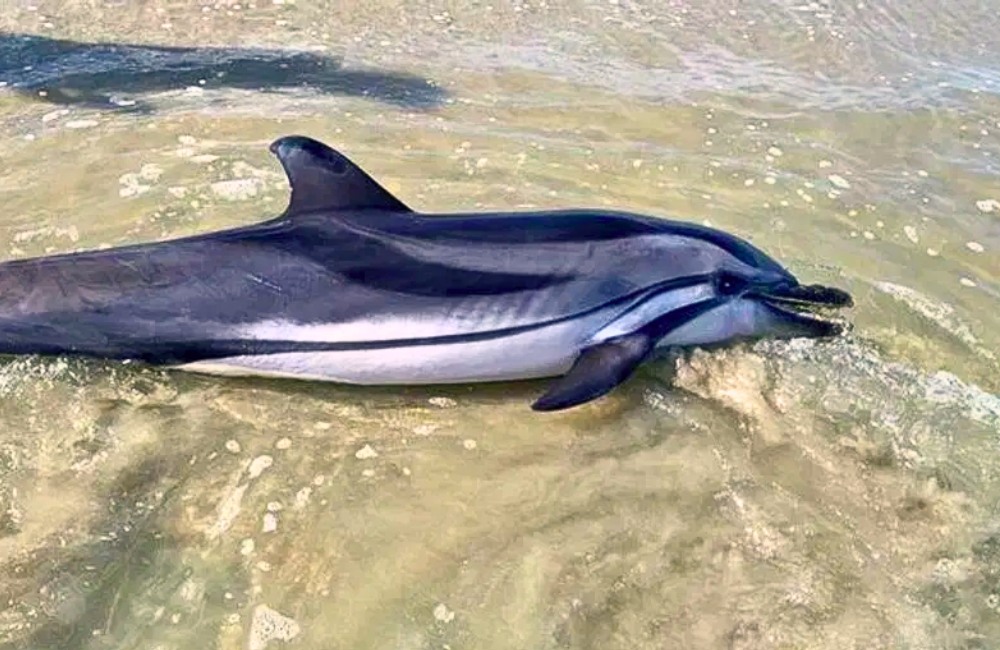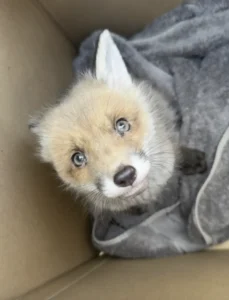It was a discovery that stirred both awe and sadness among nature lovers and marine conservationists — a striped dolphin, one of the ocean’s most graceful animals, was found along the shores of Litchfield Beach, South Carolina, marking the first sighting of its kind in the state since 2015. Though the dolphin could not be saved, its rediscovery serves as a powerful reminder of the delicate balance between humans and the ocean — and the urgent need for continued rescue and research efforts.
A Rare Sighting After Ten Long Years
On September 29, beachgoers spotted a lone striped dolphin struggling near the shoreline of Litchfield Beach. Concerned citizens tried to help, pushing it gently back into the sea, unaware of how critical such moments can be for stranded marine mammals. The next day, the Lowcountry Marine Mammal Network (LMMN) received a report of a deceased dolphin found in the same area. Photographs later confirmed it was likely the same animal seen the day before.
This marks the first recorded stranding of a striped dolphin in South Carolina since 2015, and only the fifth known case since 1976 — making the event scientifically significant for marine biologists studying coastal dolphin populations.
“Observations of this animal found that it was a sub-adult female who appeared slightly emaciated,” shared the LMMN in a social media update. “While it’s always heartbreaking to see such a beautiful animal deceased, the information we gather from her will help us better understand her species.”
Understanding the Striped Dolphin
Striped dolphins (Stenella coeruleoalba) are among the most streamlined and visually striking members of the dolphin family. They are named for the distinctive black stripe that runs along their sides, stretching from the eye to the tail. Known for their agility and sociability, they often travel in pods of hundreds and can leap spectacularly through the air.
However, these dolphins are typically found in deep offshore waters, far from coastal beaches — which is why sightings like this are both rare and concerning. A dolphin washing ashore may indicate illness, injury, or environmental distress, such as pollution, changes in water temperature, or disruptions in prey availability.
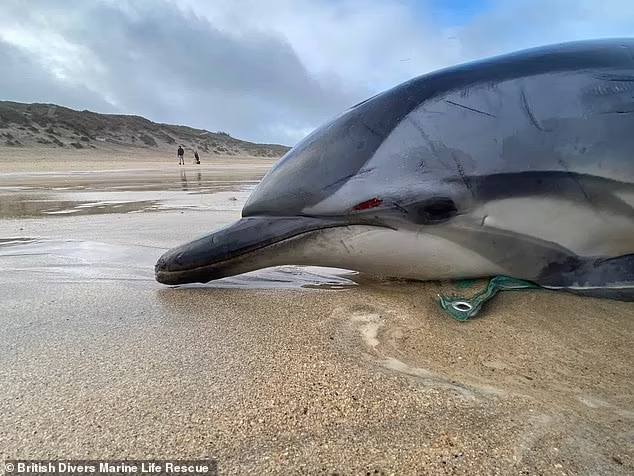
📖 Full Story: Man Loses 360 Pounds Naturally—Internet Rallies to Support His Next Step
What Happened to the Dolphin?
After its discovery, the deceased dolphin was transported to Charleston by the LMMN for further analysis. The body was preserved in a freezer as part of an ongoing study of offshore species, aiming to uncover details about its diet, health, and cause of death.
Marine experts hope that the examination will shed light on why striped dolphins occasionally stray into shallower coastal zones. Climate shifts, underwater noise pollution, and oceanic currents could all play a role in disrupting the natural behavior of these intelligent animals.
“Each stranding provides invaluable data,” explained one LMMN researcher. “While it’s sad, every case deepens our understanding of these elusive dolphins and the ocean environments they depend on.”
A Message from Conservation Experts
The LMMN emphasized a crucial reminder for beachgoers who encounter stranded animals: do not push them back into the water. While this instinct comes from compassion, it can actually worsen the animal’s condition. Instead, people are urged to immediately contact trained rescuers.
If you ever come across a stranded or struggling dolphin, seal, or whale, call the Lowcountry Marine Mammal Network hotline at (843)-410-7990. Trained professionals can assess the situation and safely intervene.
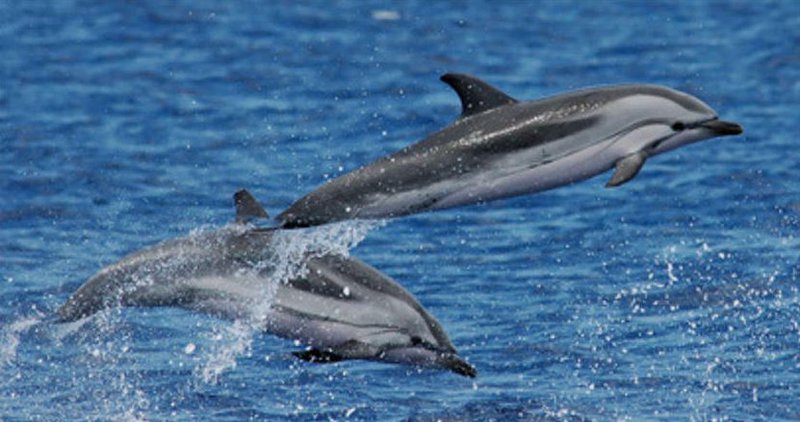
Why This Matters
Each discovery — whether joyful or tragic — reveals how fragile ocean ecosystems truly are. The striped dolphin’s presence on a South Carolina beach after nearly a decade is both a scientific revelation and a wake-up call.
Marine biologists see this event as a reminder of the importance of wildlife rescue and conservation programs that monitor ocean health. By studying incidents like these, researchers can identify patterns that may point to broader environmental concerns such as ocean warming, overfishing, or pollution.
📖 You Might Also Like: Science Confirms Kelly Brook’s “Perfect Body” — But the Real Message Is Bigger Than Beauty
A Hopeful Outlook for the Future
While the loss of the striped dolphin is tragic, it also brings hope — hope that with better awareness, technology, and collaboration, more marine lives can be saved. The LMMN continues to lead regional efforts in tracking, rescuing, and studying stranded marine mammals across South Carolina’s coast.
Every piece of data, every recorded case, helps paint a clearer picture of ocean health and offers insight into how we can protect the animals that share our planet. The ocean still holds countless mysteries, but through dedicated conservation and research, we can ensure that the beauty and diversity of nature endure for generations to come.
